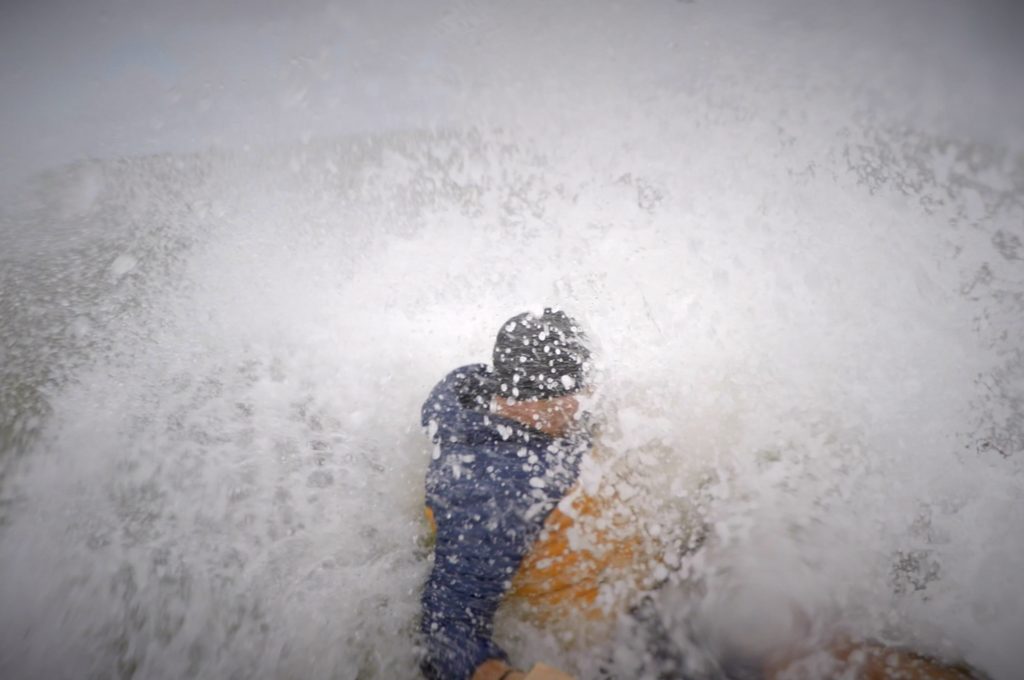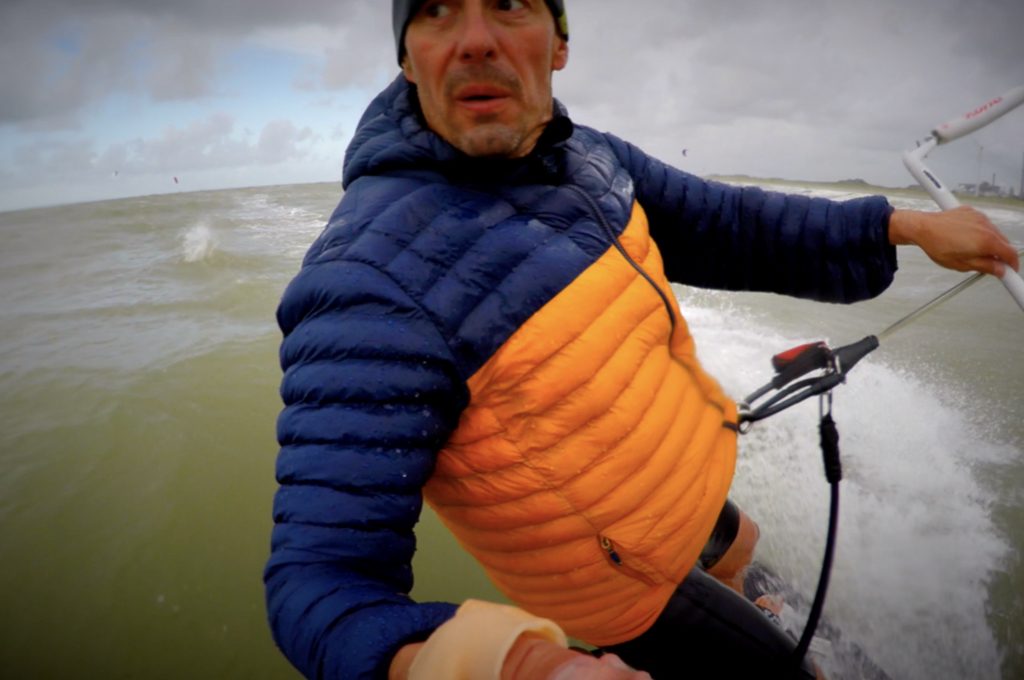Normally we do serious and thourough reviewsing of gear during activities for which the product is made. But sometimes it is nice to do it a bit differently. To take a feature of a product and to test it a bit extremely.
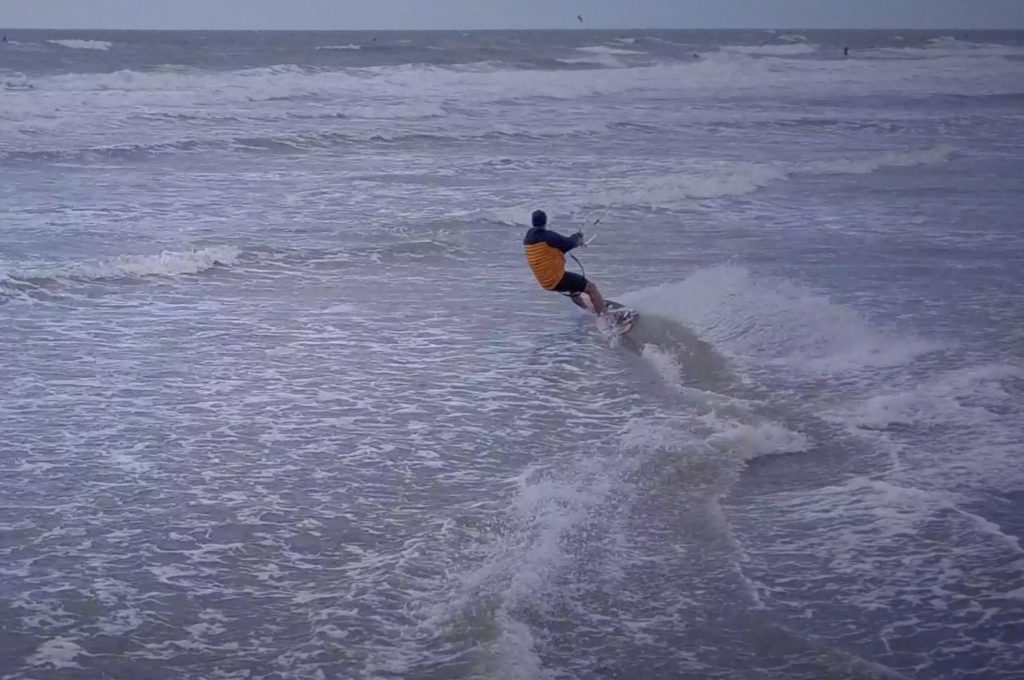 Berghaus challenged us to test one of those features of their new Vaskye jacket: the insulating capacity of the jacket, even when wet. And we of course gladly accepted that challenge.
Berghaus challenged us to test one of those features of their new Vaskye jacket: the insulating capacity of the jacket, even when wet. And we of course gladly accepted that challenge.
We decided to chose an activity that would not suit the jacket as much as it would suit te challenge: kite surfing. On a cold windy day we went to Wijk aan Zee, a magnificent place to surf on the North Sea coast of the Netherlands. Our resident kite surfer Jimmy wore the jacket on the beach as well as on the sea.
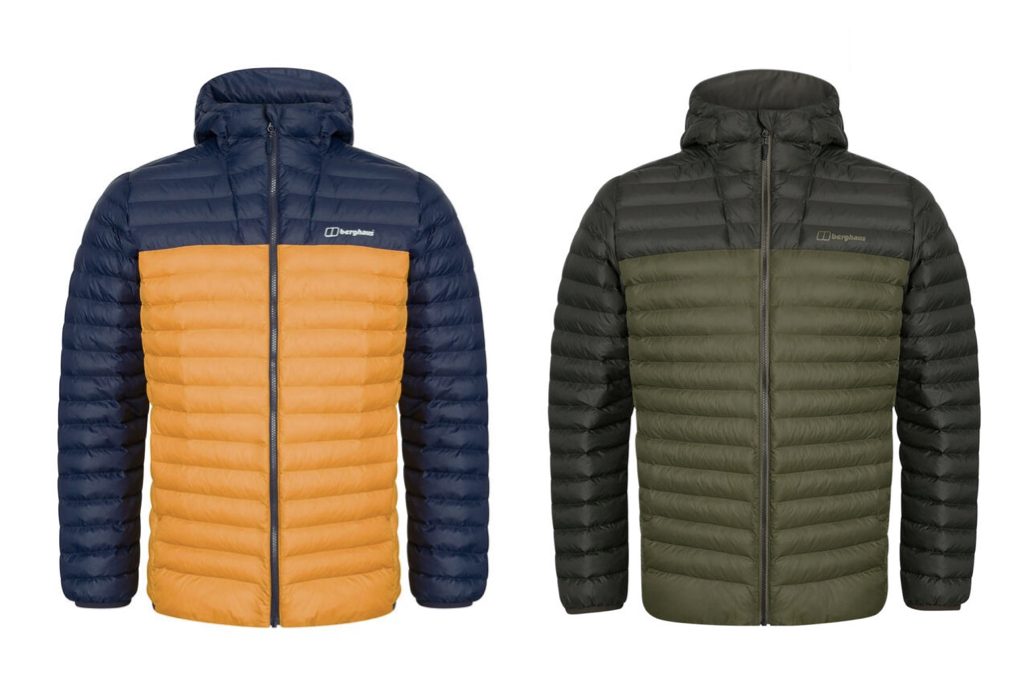 The Berghaus Vaskye Hydroloft Jacket
The Berghaus Vaskye Hydroloft Jacket
Before we go into our experience during this somewhat crazy test, just a brief explanation and the promise of the product. The Vaskye is a winter-oriented jacket. A fairly light and medium-thin insulated jacket. It’s filled with the Bluesign approved synthetic Hydroloft® Polyball material. These are actually small balls of synthetic fibers that have been rolled up and which imitate the natural property of down. The polyballs hold warm air between the fibers, which actually provides the insulation.
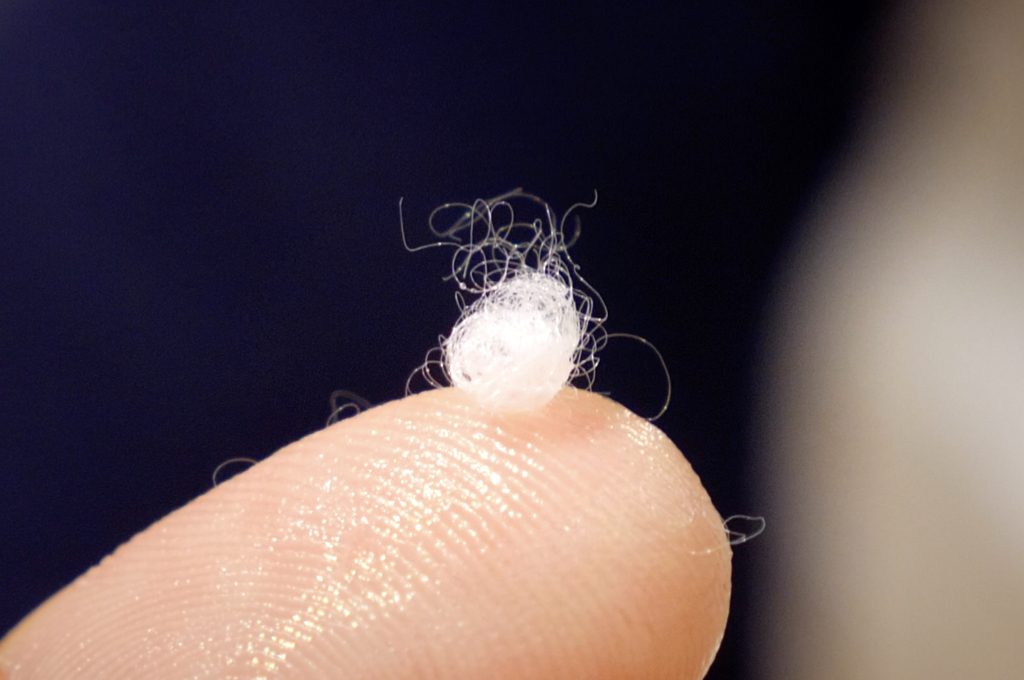 The jacket can be used as a midlayer under a weatherproof shell jacket for rainy or snowy days, autumn das outside or on winter sports. If it is not too wet -the Pertex®Quantum outer fabric is well windproof and slightly water-repellent, without using PFCs in the DWR layer – you can simply wear it as an outer layer when hiking, while climbing, skiing and snowboarding and other outdoor sports where warmth but also breathability is important.
The jacket can be used as a midlayer under a weatherproof shell jacket for rainy or snowy days, autumn das outside or on winter sports. If it is not too wet -the Pertex®Quantum outer fabric is well windproof and slightly water-repellent, without using PFCs in the DWR layer – you can simply wear it as an outer layer when hiking, while climbing, skiing and snowboarding and other outdoor sports where warmth but also breathability is important.
The challenge: Wet, yet warm?
So how does the materiaal deal with water. You could divide it in three steps:
- To begin with, the polyball itself is fairly water-repellent;
- if it really gets wet it will continue to provide insulation, though signifcantly less;
- once really wet it is easy to wring out, after which the material quickly returns to its full and insulating properties. Power back on.
 Test 1 – controlled environment
Test 1 – controlled environment
First we tested these claims in the controlled environment of our office. We had a bag of the Hydroloft® Polyball material at our disposal to really see how it behaved. I dipped the material in the water and first had to knead well to make it really wet, since it mostly just floated on the water. Once saturated I could see the volume of the “nest” of material decrease signifcantly. But after wringing out the water, that volume recovered immediately and the individual fibers dried super fast. So flying colours it seems.
Test 2 – on and in the sea
So green light to hit the water. First we had to get Jimmy really cold. He went out on the water with a shorty, a summer suit. After about 30 minutes he came off the water and already turned red with cold. When he put the jacket on, he immediately got warm (not surprising), but the real test would only start when he was in the water. Just for a moment he expresssed a bit of worry that, once soaked with water, the jacket would become very heavy, which could have been unsafe ut on the ater. But the jacket remained surprisingly light and obviously did not retain much water. With the jacket on it was significantly warmer than with only the shorty.
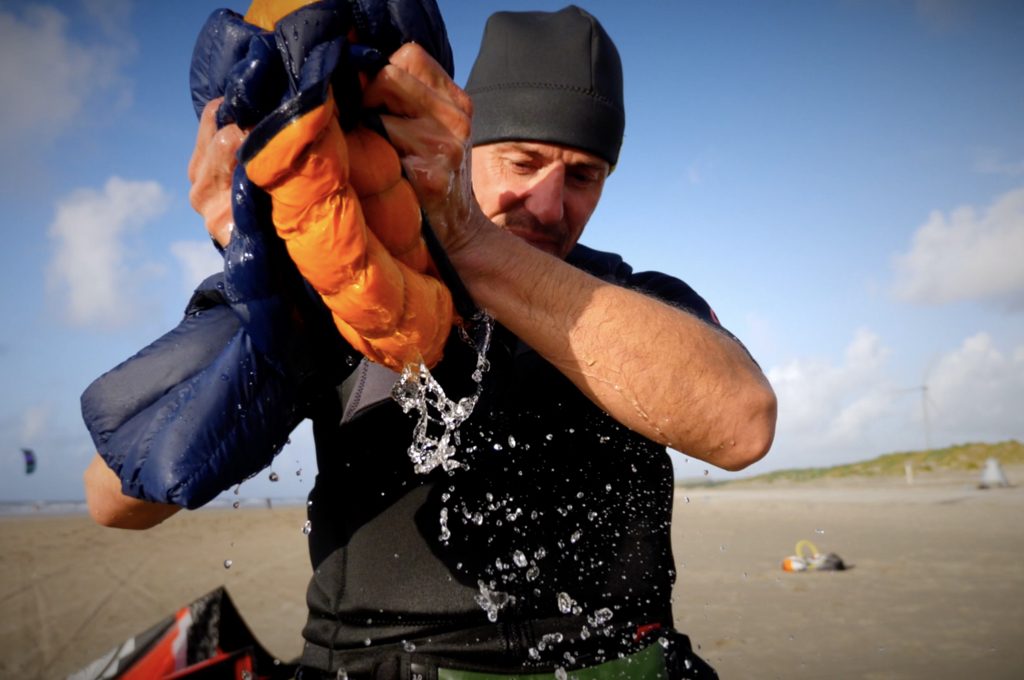 Finally, Jimmy squeezed out all the water, which had to be done quite thoroughly. The jacket recovered from its wet flat shape, and indeed became nice and puffed up again. He kept the jacket on while he stored up his kite gear. Those are the moments when you really cool down too much if you don’t get dressed properly. With the still slightly wet Vaskye he stayed well warm. The outer fabric also dried quite quickly.
Finally, Jimmy squeezed out all the water, which had to be done quite thoroughly. The jacket recovered from its wet flat shape, and indeed became nice and puffed up again. He kept the jacket on while he stored up his kite gear. Those are the moments when you really cool down too much if you don’t get dressed properly. With the still slightly wet Vaskye he stayed well warm. The outer fabric also dried quite quickly.
Conclusion
The Vaskye appears to fulfill its promise and to prove its claim. It is difficult to get wet, when it does it still has insulation value (though obviously lower), and once you squeeze the water out, the jacket will recover immidiately to a very comfortable level. So if you are out in nature and are surprised by a rain shower with this jacket on, don’t worry too much!
It was perhaps a bit of a wierd test, but it nicely illustrated this important feature of the jacket. And we had a lot of fun doing it.
The Berghaus Vaskye Jacket is available in 5 different color combinations. Retail price is € 159,95 / £140.00. Not too expensive for a jacket like that!
Buy the Berghaus Vaskye Insulated Jacket

